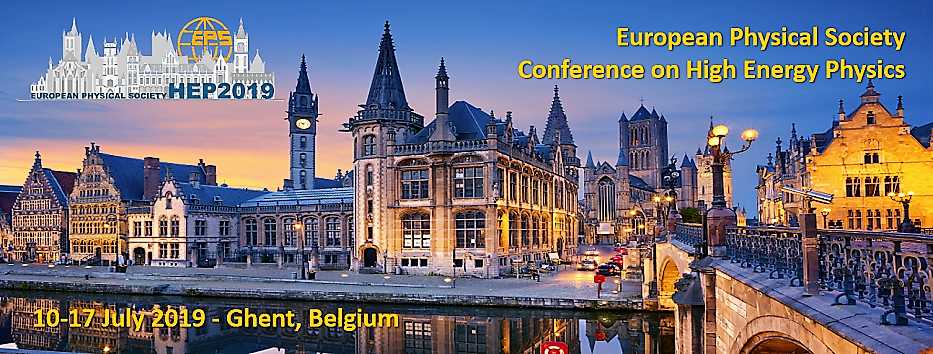Speaker
Description
Identified hadron spectra from relativistic heavy-ion collisions allow
one to reconstruct the final state of the fireball. In principle, one
could deduce its previous evolution from a back extrapolation of the
final state. It is also important to study the collisions at different
energies, since hot matter at different energy and baryon densities is
created that way. One is then interested in any irregularities of the
collision energy dependence that might indicate the onset of
deconfinement or the vicinity of the critical point.
We reconstruct the freeze-out state of the fireball produced in cental
Au+Au or Pb+Pb collisions in the energy range from 7.7 GeV up to 2760
GeV per colliding nucleon pair. The date stem from the RHIC beam energy
scan programme and from the LHC. Transverse momentum spectra of protons,
antiprotons, charged pions and kaons have been fitted with the blast-wave model that includes production via resonance decay. We present how
the composition of spectra looks at different energies as a function of
the transverse momentum. The freeze-out temperature decreases with
increasing collision energy, while the transverse expansion velocity
grows. The decrease of the freeze-out temperature seems to stop at the
collsion energy of 130 GeV; afterwards the temperature stays constant or
grows slightly.
